Vegetable Gardening Tips: 7 Mistakes To Avoid
Vegetable gardening can be very rewarding if done correctly; however, it can also come with some complications and frustrations. It’s important to take the time to understand and learn about the types of vegetables you want to plant, along with the proper care steps to have a thriving vegetable garden. You can easily grow healthy vegetables as long as you take some time and patience to plant your garden. To get you started, here are some useful vegetable gardening tips to check out with these 7 mistakes to avoid.
Mistake #1: Planting Vegetables Too Early
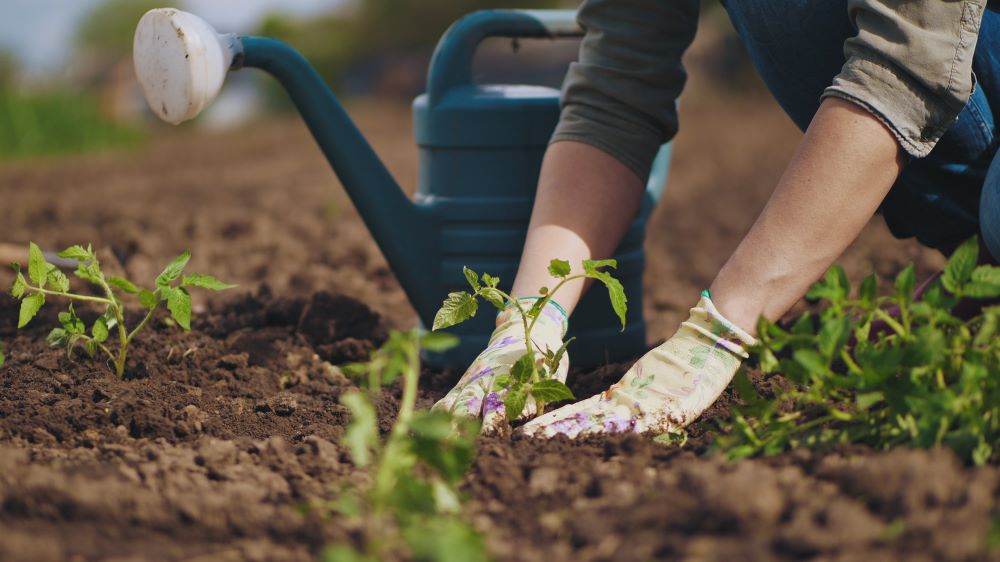
When the spring weather starts to arrive, you may feel eager to get your vegetable garden started right away. But if you plant your vegetables too early on, you’ll face complications due to unsteady weather and potentially harsh conditions. It’s important to understand the correct timing to start planting in order to have a successful vegetable garden.
Planting times will vary based on your location, so it’s best to check out the USDA Hardiness Zone Map, along with the instructions on planting specific types of vegetables. Creating a plan in advance will help you stay organized and assure that you plant everything at the right time. If you’re planning on growing multiple types of vegetables, make sure you figure out the specific needs of each type. Some of them may need to be planted earlier or later than others.
Additionally, if you live in an area that gets harsh winters, a general rule of thumb is waiting until the final frost is over and the temperature remains steady. You don’t want to risk ruining your crops due to unexpected drops in temperature. You can also take an extra precaution and plant them underneath a grow cloth or other type of protection until the weather is consistently warm enough.
Mistake #2: Planting Too Many Vegetables At Once
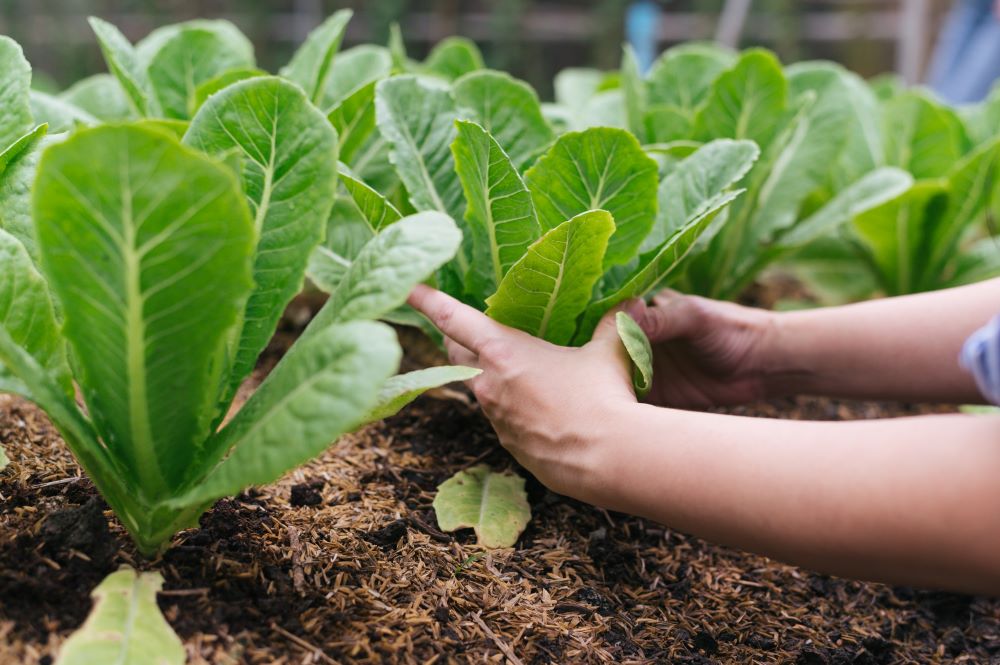
When planting a vegetable garden, the spacing is crucial. You don’t want to overcrowd your garden with too many vegetables at once because they need space to breathe and grow. Additionally, plants that are grown too closely together may also be prone to mildew and other mold issues. Before you even begin planting, you can even draw up a diagram to figure out the arrangement and spacing of your vegetable plants.
While certain type of vegetables, such as lettuce and spinach, can thrive in a tight garden, you should typically space your vegetables about 2-3 feet apart to help them grow healthy and strong. This will assure that they’ll individually receive enough water and nutrients. Usually you can find instructions on seed packets on the exact planting distance each type of vegetable needs to grow. Follow the measurements closely based on each vegetable’s needs.
In conjunction with spacing your vegetables properly, it’s also important to not choose too many varieties of vegetables when starting your garden. If you’re a beginner gardener, it may be difficult to keep up with the care and maintenance of too many types of vegetables at once. Since each vegetable requires different care steps, starting slow will help you stay on top of your tasks. Vegetable gardening should ultimately be fun and exciting, so make sure you only plan for what you can realistically handle. If you want to make it easier on yourself, check out some of the simplest vegetable to grow below.
Easiest Vegetables To Grow
- Lettuce
- Cucumbers
- Carrots
- Radishes
- Green Beans
- Bell Peppers
- Tomatoes
Mistake #3: Overwatering & Overfertilizing Your Vegetable Garden
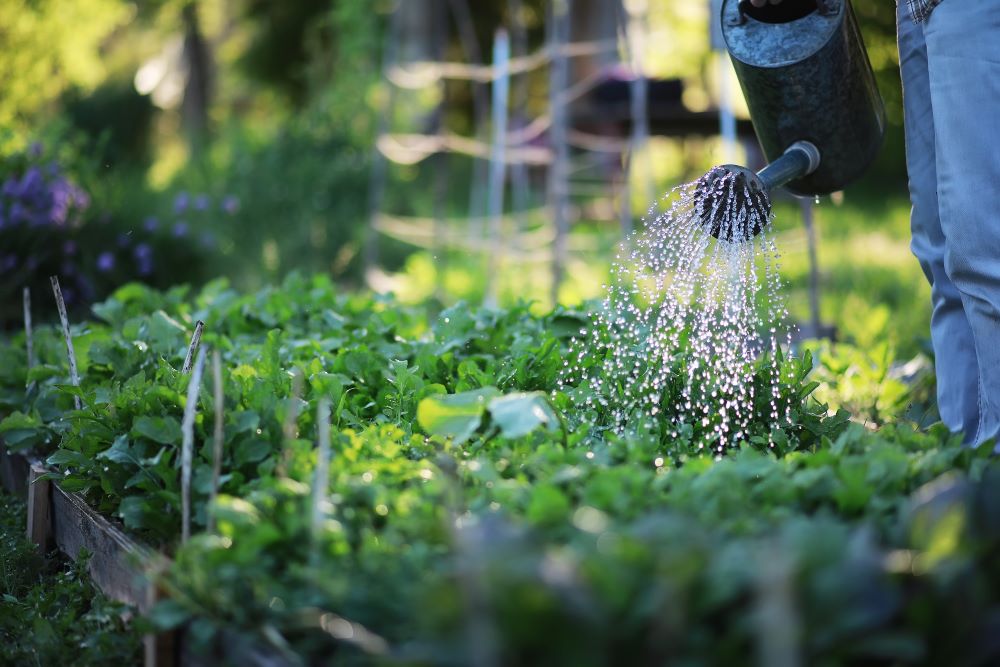
Surprisingly, a lot of vegetable gardens suffer due to overwatering more than anything else. While vegetables of course need to be watered regularly to grow, it’s important to not give them more water than they need. Overwatering can cause a lot of fungus issues, along with other diseases that will bring harm to your plants. It’s best to monitor your watering schedule to prevent overwatering. Check out some simple vegetable garden watering guidelines below to learn more.
Vegetable Garden Watering Guidelines
- Water your vegetable garden about once or twice a week. Generally, it should add up to about one inch of water per week.
- Vegetable seeds will require a little more water, so make sure the soil stays consistently moist until they start to germinate.
- Make sure to use well-draining soil in your vegetable garden to prevent fungus and diseases.
You also need to make sure that you don’t overfertilize your vegetable garden. Fertilizer is definitely a part of growing a healthy garden; however, using too much can actually do damage. Overfertilizing can burn your plants and make them more susceptible to diseases. Always follow the directions on the fertilizer that you purchase and for the types of vegetables you’re planting to understand how much fertilizer to use. Also, if you mix your soil in an organic compost with the proper nutrients, you may actually be able to get away without using any fertilizer.
Mistake #4: Not Labeling Your Plants
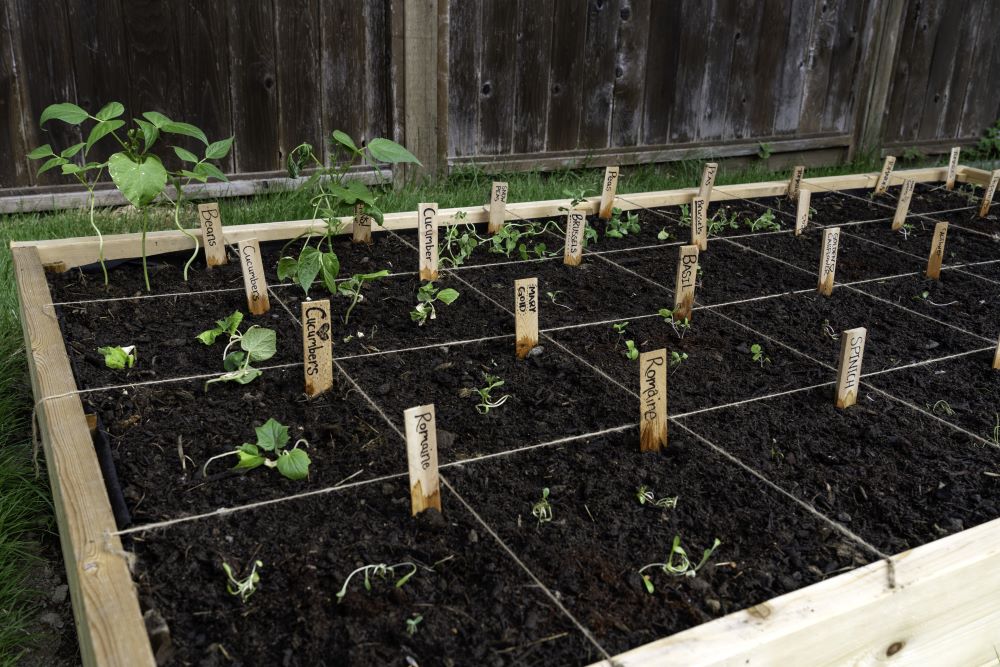
As a beginner vegetable gardener, another mistake that you can easily make is forgetting to label your plants. This can especially become a problem if you’re planting a few different types of vegetables in different areas because you might lose track what everything is.
You can simply use garden labels in the soil to mark what you planted in that area, along with the date that you planted them. Having a visual reminder of where everything is planted in the yard will help you remember all the necessary care steps to take. Labels are also especially helpful for garden beds that have multiple types of vegetables in them. You can seamlessly keep track of each section of the garden bed without worrying about where everything was planted.
Along with the labels, you can also create a garden journal when you start your vegetable garden. Draw out a map of your yard and write out what you planted in each area, along with the date you planted. Then, write down all the care and maintenance steps you’ve done each day or each week, along with the progress of the plant growth. This will help you find areas of improvement as you go about your gardening journey. The journal is also going to be a handy reminder tool that you can review the following year.
Mistake #5: Not Taking Pest Prevention Measures

Growing a vegetable garden can be fun and exciting, but with that comes some obstacles along the way. In addition to proper watering, timely planting, and correct spacing, pest prevention is another crucial task you have to stay on top of. Pesky bugs and animals will infiltrate your vegetables and harm them if you’re not careful.
How To Keep Pests Out Of Your Vegetable Garden
- Invite beneficial insects by planting the herbs that attract them. Bugs such as ladybugs, ground beetles, and praying mantises will eat the unwanted pests on the spot. Plant herbs such as dill, fennel, and spearmint to entice these helpful creatures.
- Take physical measures for pest prevention by creating barriers. Place a copper ring on the base of your plants to ward off slugs and snails, use a fabric row cover to keep other insects away, and use a full wire fence to protect your vegetables from animals.
- Make sure you plant your vegetables in their most ideal conditions. For instance, if a certain vegetable needs a lot of sun but is placed in the shade, it’s at higher risk for disease and pest infection.
If you do happen to come across pests in your garden, it’s best to use natural methods to get rid of them. Since you’ll be eating the vegetables you’re growing, you don’t want to use any harmful products. Here are some natural insecticides you can make to get rid of unwanted insects:
- Dish Soap: Mix together 5 tablespoons of dish soap with 4 cups of water. Pour into a spray bottle and mist your affected plants.
- Rubbing Alcohol: Mix up 2 cups of isopropyl alcohol with a quart of water. Use in a spray bottle and apply to your plants.
- Essential Oils: Create a mixture with various essential oils such as sage, thyme, lavender, rosemary, mint, and basil. You can spray multiple herbals onto your plants, just make sure to first dilute the oils with water.
Mistake #6: Picking Your Vegetables Too Soon Or Too Late
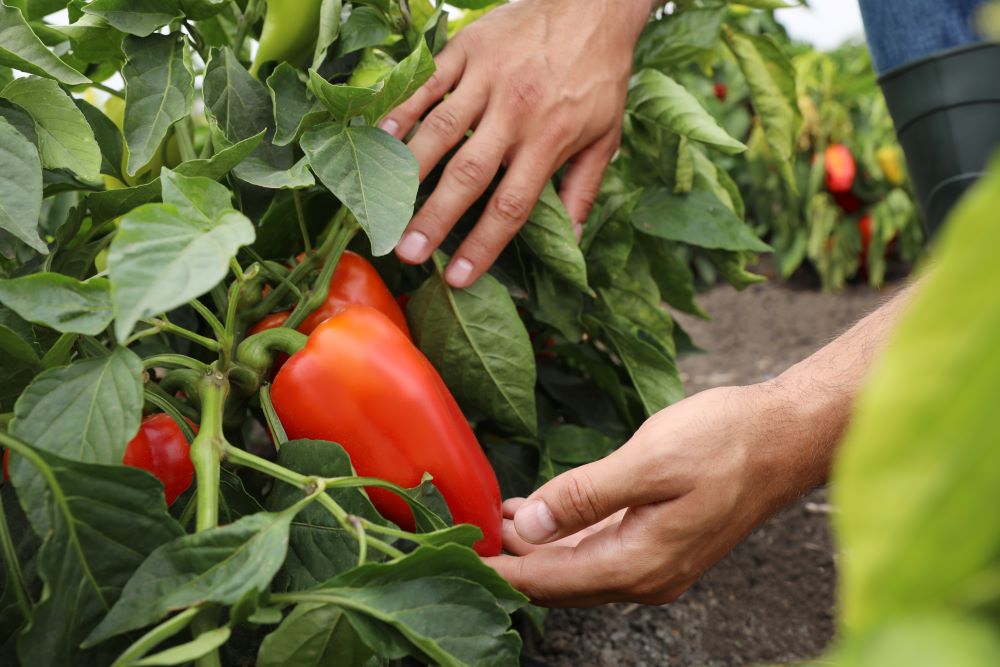
Picking your vegetables too early or too late can cause potential harm to the rest of the plant and will also result in vegetables that don’t taste fresh. Learn about when to harvest your vegetables and how to know when they’re at their peak level of freshness. If you do this in advance, you’ll save yourself a lot of frustration later in the season. Planning it out will be well worth it in the end.
When To Harvest Vegetables
While there are many types of vegetables out there, these are some of the most popular that might be included in your vegetable garden. Here is some criteria and guidelines for when to pick each of these vegetables.
- Carrots: It can sometimes be difficult to determine when carrots are ready to be pulled, but typically the size of the diameter at the soil line is an indicator. Double check on the type of carrots you planted to know what size this diameter should be.
- Head of Lettuce: The lettuce is ready to be picked once it feels full and firm. If it looks ready, carefully squeeze it to check it before picking.
- Tomatoes: Tomatoes are ready to pick once they are a full red color and a little bit soft. They’ll also have a strong and fresh scent.
- Cucumbers: These are ready once they’re firm and smooth. Cucumbers can grow pretty quickly, so make sure to check often to prevent overripening.
Mistake #7: Not Staying On Top Of Vegetable Garden Maintenance

Last but certainly not least, it’s crucial that you consistently maintain your vegetable garden and take care of it on a daily basis. Staying on top of any issues and taking preventative measures will help you keep your garden healthy and growing. Make a checklist of everything you need to do daily to stay organized.
Vegetable Garden Maintenance Tasks
- Stay on top of the watering schedule
- Pull weeds as you see them
- Check your leaves for pests and unwanted bugs
- Remove extra seedlings to keep your plants spaced apart
- Use mulch to conserve water and keep roots cool
- Harvest vegetables in a timely manner

Now that you’ve learned some vegetable gardening tips, check out our Garden & Outdoors section to get started on your spring garden! Find live plants and flowers, outdoor decorations, gardening tools, planters, and much more.








This was helpful and very interesting.
Thank you
Very easy to follow. Thank you
Very informative for the beginner like me.
Hi Pamela- Glad to hear this information was helpful for you! Thanks for sharing this feedback with us!